
Selling a house can feel like a whirlwind of decisions. Which repairs are worth it? What updates will attract buyers without draining your wallet?
Here’s the surprising truth: not every flaw in your home needs fixing before you sell. Knowing what not to fix when selling a house can save you time and money while maximizing your return on investment.
In fact, spending too much time or money on unnecessary improvements can backfire. Studies show that the return on investment for major remodels often falls below 60%. That’s right—some projects cost more than they’re worth.
Instead, smart sellers focus on what truly matters. The key is knowing where to draw the line. From cosmetic quirks to outdated fixtures, some issues are better left untouched.
In this guide, we’ll walk you through seven specific things you should avoid fixing before listing your home. Why waste time and energy when you could sell faster—and for more?
Let’s dive in!
What Not to Fix When Selling Your House
1. Cosmetic Flaws
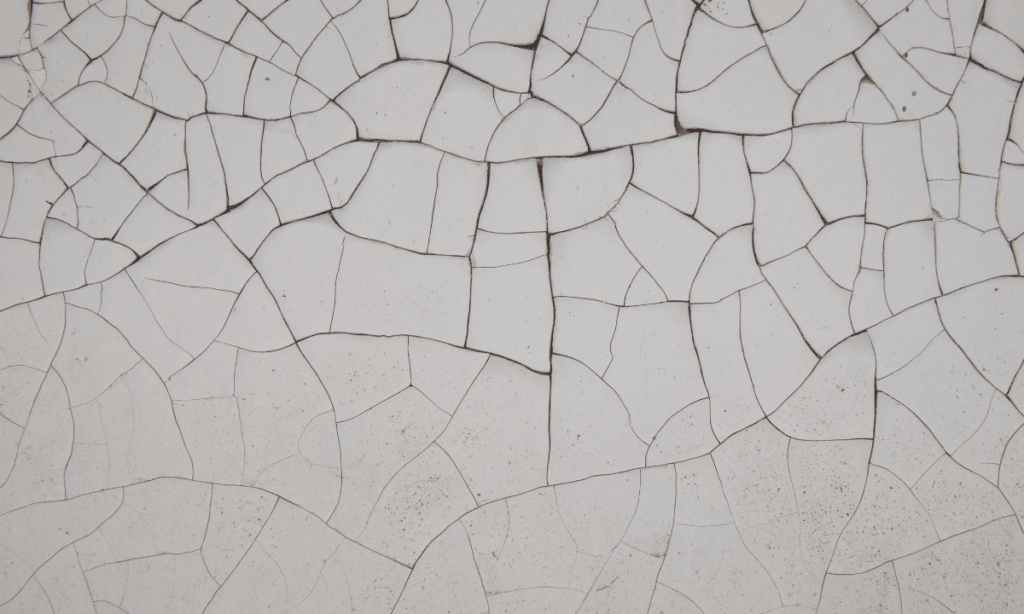
Small imperfections, like minor scratches on hardwood floors or outdated paint colors, may catch your eye but don’t usually deter buyers. In fact, most buyers prefer to make these changes themselves. According to a 2024 survey by the National Association of Realtors (NAR), 38% of buyers prioritize structural soundness over aesthetic perfection.
Focus instead on cleaning thoroughly and decluttering your space. A clean house presents well and gives the impression that it’s been well-maintained, even if there are minor flaws.
Consider adding small, affordable touches like fresh flowers or clean, neutral linens to enhance the overall presentation.
2. Outdated Appliances
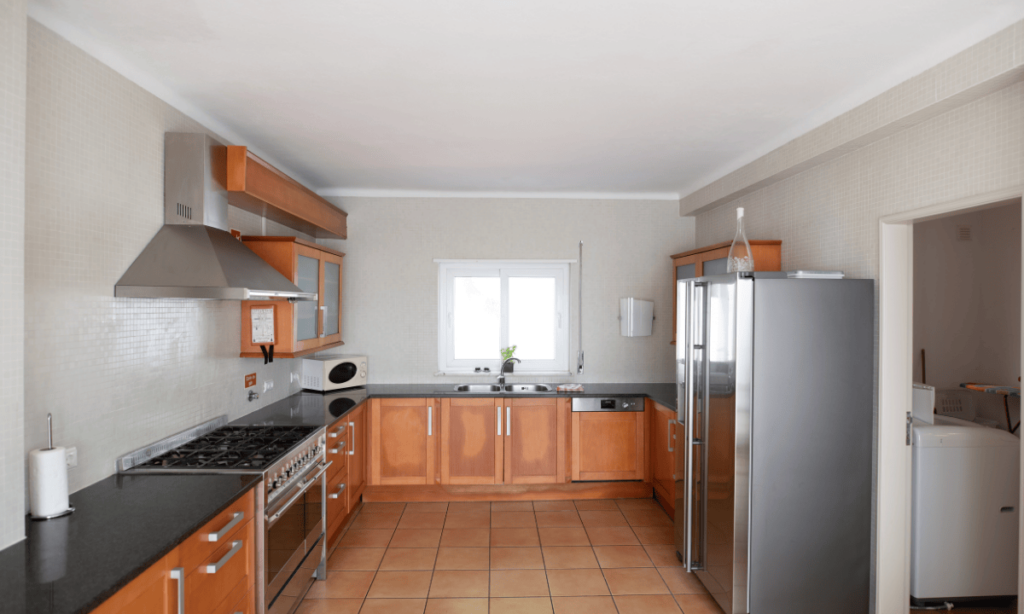
Replacing old appliances might seem like a good idea, but it rarely provides a strong return on investment. If your appliances are functional, leave them as is. Buyers often plan to upgrade appliances to their taste after purchasing. Instead, clean your appliances thoroughly to make them look presentable.
For homes with extremely dated appliances, consider offering a credit or allowance for the buyer to replace them. This approach saves you time and ensures buyers can select appliances they prefer.
3. Minor Electrical Issues
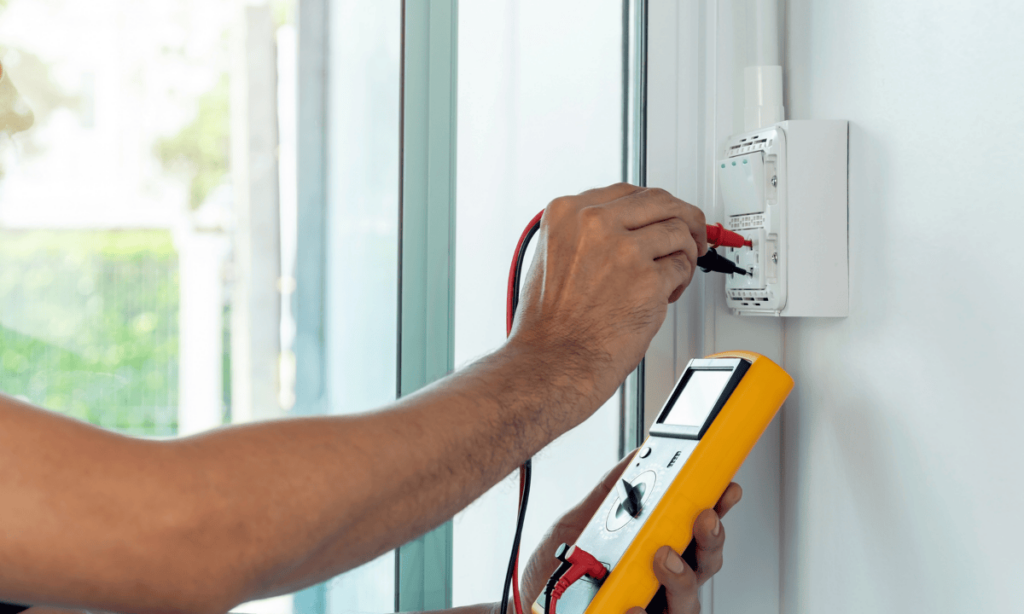
Loose outlets or a light switch that doesn’t work are common inspection findings. Most buyers won’t back out of a deal over minor electrical issues. Save your budget for more impactful changes, like ensuring safety hazards—such as exposed wiring—are addressed.
For major issues, like outdated electrical panels, consult a professional to assess the costs. Addressing these before listing may be necessary to meet loan requirements or local regulations.
4. Driveway or Walkway Cracks

Hairline cracks in your driveway or walkway are often overlooked by buyers. Unless these cracks pose a safety hazard, there’s no need to spend money on repairs. Instead, enhance curb appeal by maintaining landscaping and cleaning your outdoor spaces.
Pressure-wash your driveway and walkways to remove stains and grime. A clean, well-maintained exterior can make small flaws less noticeable and boost your home’s overall appeal.
5. Grandfathered Building Code Issues

Homes built decades ago often don’t meet current building codes. However, most buyers understand that older homes come with quirks. As long as the home was compliant when built, there’s no legal requirement to update it.
If potential buyers raise concerns, provide documentation showing the home’s compliance at the time of construction. Transparency can build trust and help buyers focus on the home’s potential.
6. Partial Room Upgrades
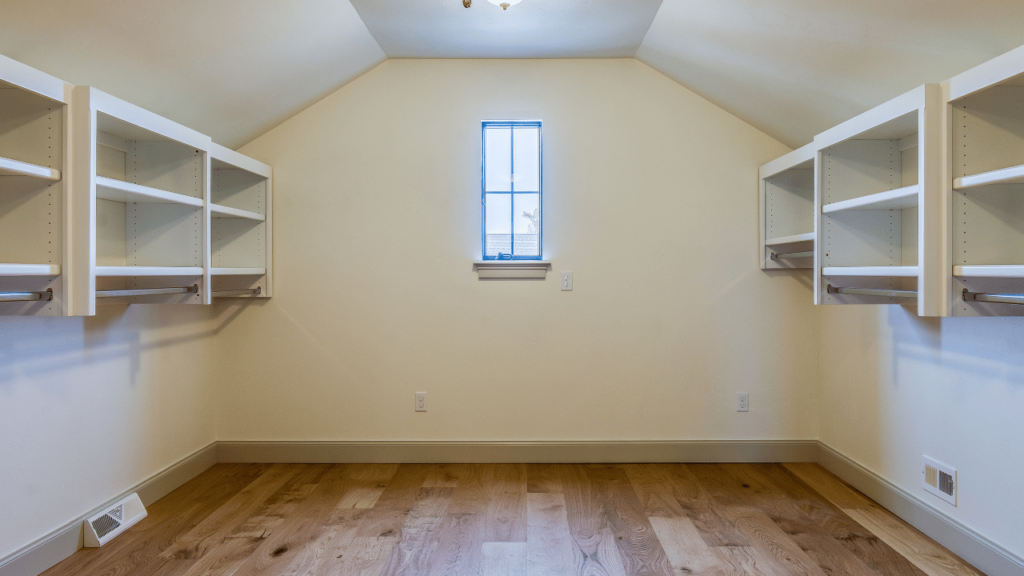
A partial upgrade, such as replacing a vanity without updating the rest of a bathroom, can look incomplete and even highlight other outdated features. If you can’t commit to a full renovation, it’s better to leave the room as is.
However, small improvements, like re-grouting tiles or replacing dated hardware, can freshen up a space without significant investment. Stick to changes that enhance the room’s cleanliness and functionality.
7. Removable Items
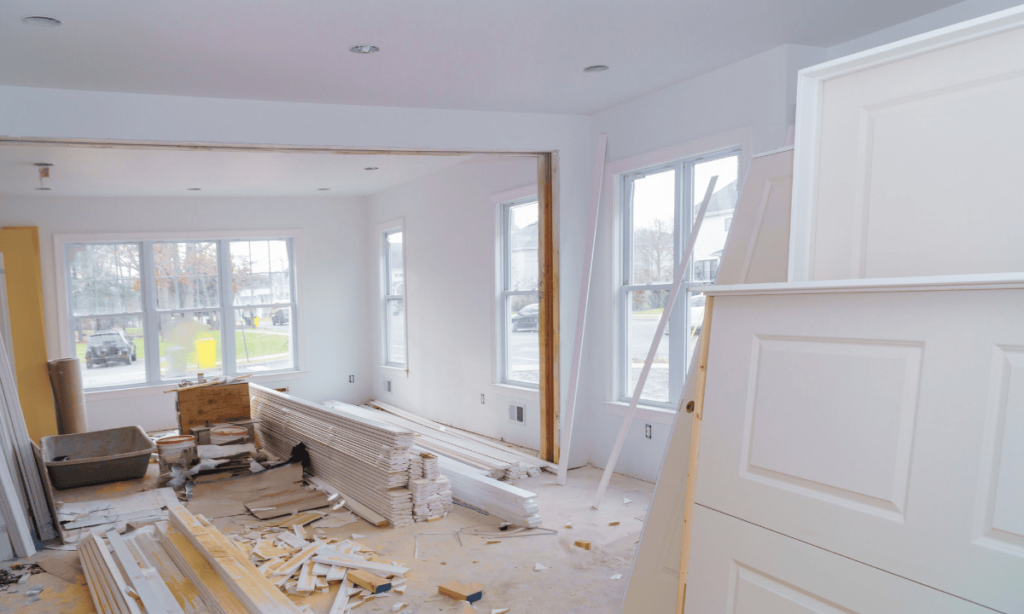
Old window treatments, worn rugs, or outdated light fixtures can often be removed rather than replaced. This simple strategy saves money and gives buyers a blank slate to envision their style.
If you have unique or valuable items you plan to take with you, such as custom curtains, make this clear in your listing. Removing these items before showings can prevent misunderstandings.
Steps to Maximize ROI Without Overspending
Consult with a Local Agent
An experienced agent knows what’s trending in your area and can advise on high-ROI improvements. They’ll help you create a targeted plan to attract buyers while avoiding unnecessary costs.
Ask your agent to conduct a comparative market analysis (CMA). This will help you understand how your home stacks up against similar properties and identify areas where minor investments could make a big difference.
Focus on Buyer-Driven Repairs
Before tackling any repairs, consider your target market. For instance, FHA or VA loans might require certain safety-related fixes, like addressing wood rot or missing railings. These updates can expand your buyer pool and drive competition.
Create a prioritized repair list based on buyer preferences in your area. Focus on improvements that increase safety or address glaring issues without overhauling your home.
Enhance Curb Appeal
A fresh coat of paint on your front door, mulched flower beds, and clean walkways can dramatically improve your home’s first impression. These updates are inexpensive but impactful.
Consider adding solar-powered landscape lighting to highlight your home’s exterior during evening showings. Simple touches like a new welcome mat or freshly painted mailbox can also elevate your home’s curb appeal.
Highlight Your Home’s Strengths
If your home has unique features, such as a spacious backyard or a recently remodeled kitchen, make sure they stand out in your listing. Use professional photography to showcase these highlights and attract serious buyers.
The Bottom Line
Selling a home is about strategy, not perfection. By focusing on key areas and avoiding unnecessary repairs, you can master what not to fix when selling a house, save time, money, and stress while achieving a successful sale. Remember, your goal isn’t to create a dream home—it’s to present a property that buyers can see themselves in.
Work with a top-performing real estate agent to craft a do-not-fix list tailored to your home and market. With the right approach, selling your house can be a smooth and rewarding process. By avoiding unnecessary fixes and focusing on what matters most to buyers, you’ll set yourself up for a successful, profitable sale.
Need expert advice on navigating your home sale? Contact HR Property Doctor today for tailored strategies and insights to make your selling journey seamless and successful.

